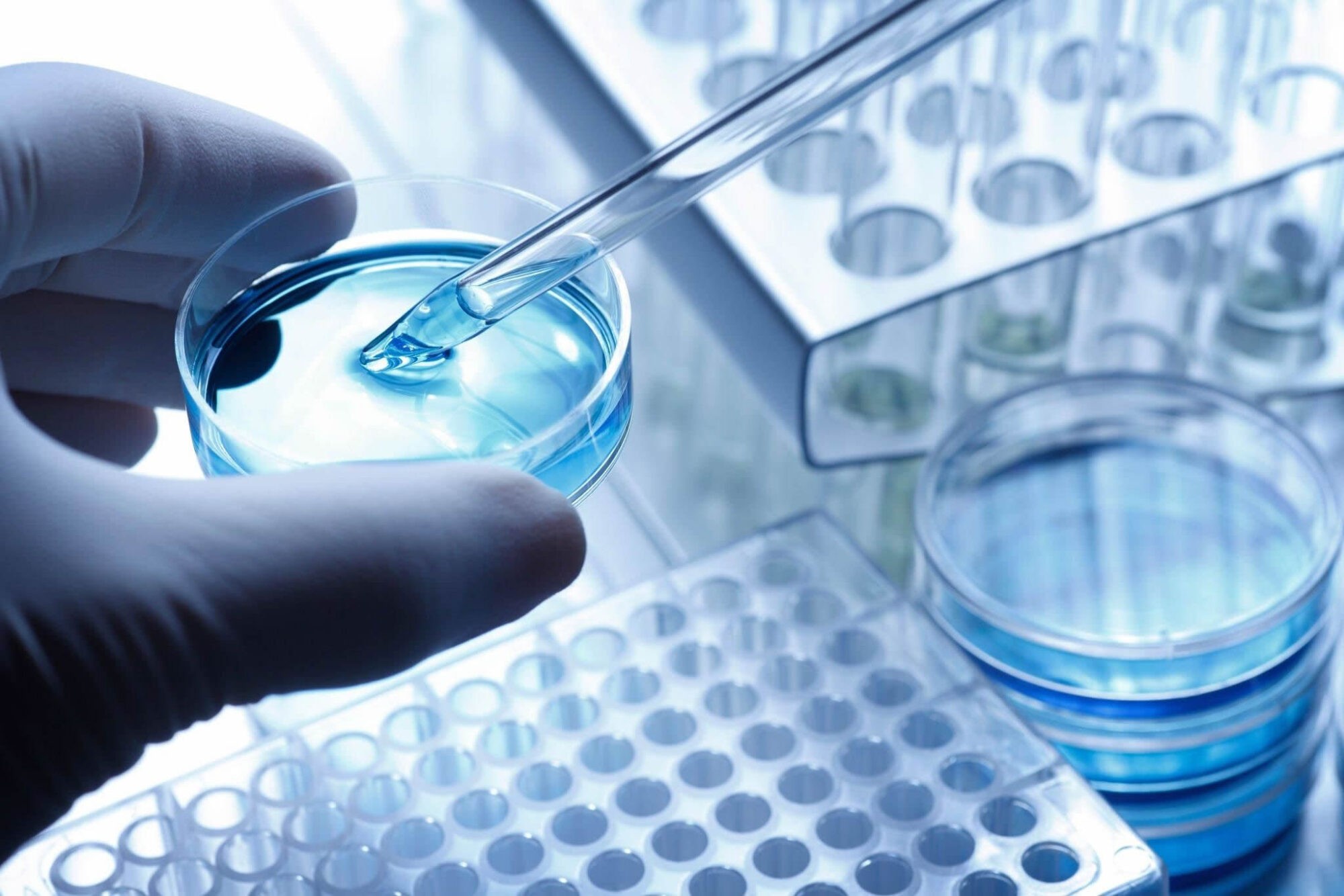On this special episode of Translating Proteomics, Parag and Andreas provide an introduction to proteomics. For those who are new to the field, this episode can serve as a great starting point before diving into the other episodes or into the field more broadly.
Parag and Andreas cover the following questions in the episode, and links to additional Nautilus resources can be found below.
Find this episode on YouTube, Apple Podcasts, and Spotify.
Chapters:
00:00 – Introduction
00:25 – What is proteomics?
01:13 – What are key questions proteomics can answer?
01:45 – Why is it important to measure the proteome?
03:38 – What can and can’t you do with proteomics?
04:43 – What are key proteomics methods and techniques?
06:07 – What are the major pitfalls when doing proteomics?
08:59 – Challenges in proteomic data analysis
10:51 – What are people excited about in proteomics?
14:09 – Outro
What is proteomics?
Proteomics is the study of all proteins (the proteome) contained in an organism or other biological entity. By understanding the composition of and interaction between all these important macromolecules at once, scientists can gather insights far beyond those obtained from studying individual proteins.
Additional resources
What are key questions proteomics can answer?
Andreas discuss 4 major areas of proteomics inquiry:
- How much of each protein is in a sample and how do protein levels differ between samples?
- Are proteins in a sample modified and how are they modified?
- How do proteins in a sample interact?
- What are the structures of proteins in a sample and how do they change?
Additional resources
- Blog category – Applications of proteomics
Why is it important to measure the proteome?
The proteome is the collection of all proteins in a cell, organism, or biological sample. The DNA in an organism’s genes encode all the proteins it can create, but the proteins themselves carry out most biological functions at the molecular, mechanistic level. Thus, we can use proteomic analyses to gain fundamental insights into how life works and leverage that knowledge to create new diagnostics, therapies, biotechnologies, and more.
Additional resources
- FAQ on the Nautilus Resources page
- Blog post – Genomics vs. proteomics: Two complementary perspectives on life
What can and can’t you do with proteomics?
Parag makes the point that “easy” proteomics experiments measure a small subset of the proteome in a small number of samples while more difficult proteomics experiments measure large amounts of proteins and proteoforms across many complex samples and possibly across time.
Additional resources
- Translating Proteomics episode – Plasma Proteomics: The Dream and the Nightmare
- Learn how the Nautilus Platform is designed to enable comprehensive broadscale proteomics and targeted proteoform studies
What are key proteomics methods and techniques?
Andreas breaks proteomics technologies into 3 types based on what they’re used to study:
- Proteome composition – Protein microarrays, mass spectrometry, 2-D gels
- Protein interactions – Co-purification mass spectrometry (and others)
- Protein structure/function – X-ray crystallography, NMR, cryo-electron microscopy
Of course, there are many more techniques than this and more are being developed all the time.
Additional resources
- Blog series – Traditional protein analysis methods
- Blog series – Next-generation proteomics technologies
What are the major pitfalls when doing proteomics?
Parag and Andreas cover a variety of pitfalls in the following categories:
- Pre-analytical variables – Things like whether you acquired your samples at the right time and stored them properly or if you designed your experiment appropriately to see the effect you’re trying to study.
- Sample preparation – Things like whether your proteins of interest degraded in the sample preparation process, whether there was any cross-contamination between samples, or whether your protein extraction method recovered all the proteins you wanted to see.
Challenges in proteomic data analysis
Parag describes three particularly challenging areas in proteomic data analysis:
- Analyzing proteome changes across time and identifying trends
- Inferring protein identities and abundances from peptide-level data (as is usually done with mass spectrometry)
- Multiomic analysis – Tools for integrating genomics, transcriptomics, proteomics, metabolomics and more are still in their early stages
Additional Resources
- Translating Proteomics episode – Biology in Space and Time
- Blog post – What is multiomics?
What are people excited about in proteomics?
Andreas highlights a few exciting new areas of study in proteomics including:
- Spatial proteomics
- Chemoproteomics
- Single-cell proteomics
Additional resources
- Translating Proteomics episode – Poised for a Proteomics Breakthrough
- Translating Proteomics episode – US HUPO 2025 – Key Takeaways, Trends, and Future Directions for Proteomics
- Translating Proteomics episode – Protein Function 201 with Kathryn Lilley
Blog post – What is single-molecule proteomics?
MORE ARTICLES


